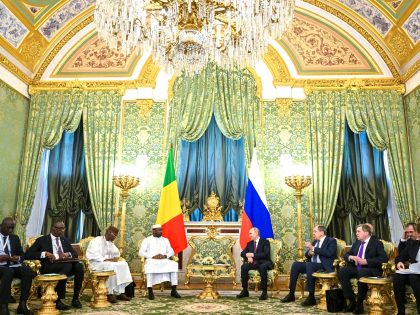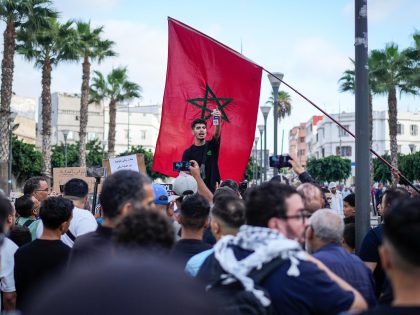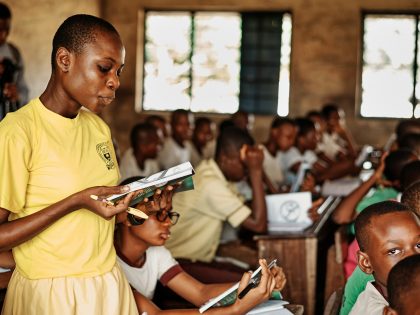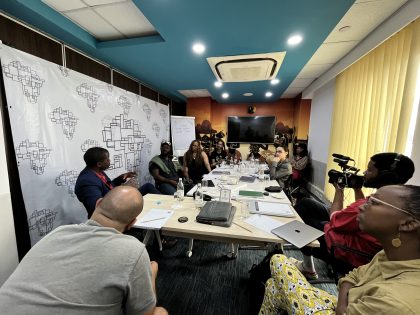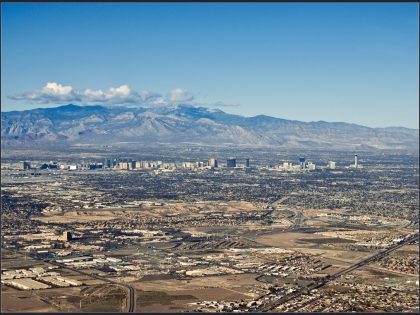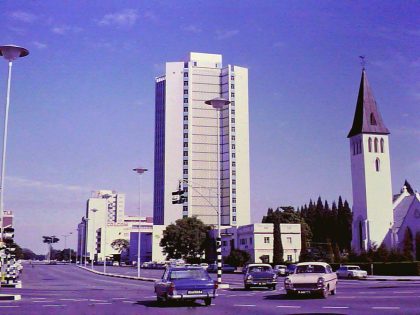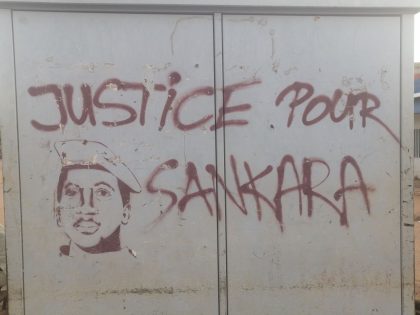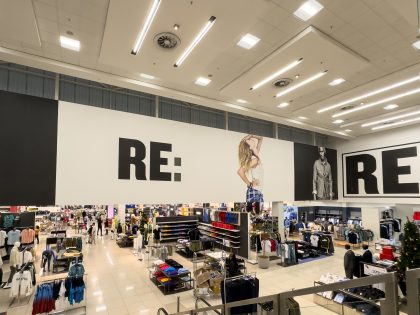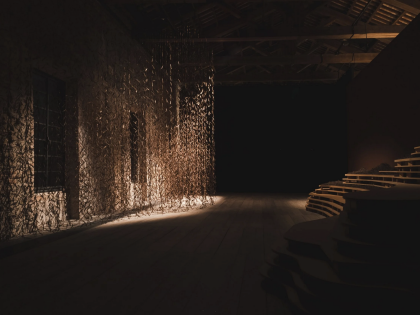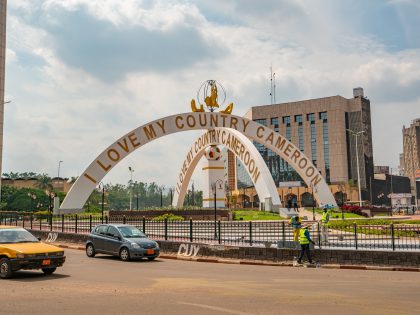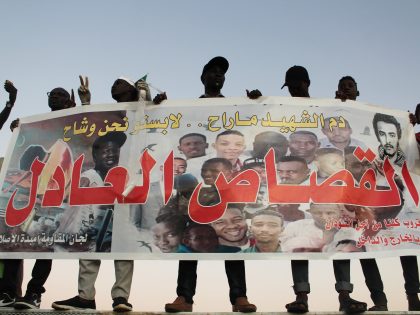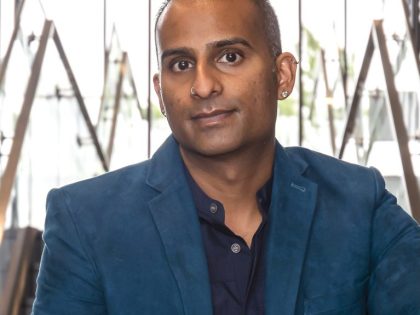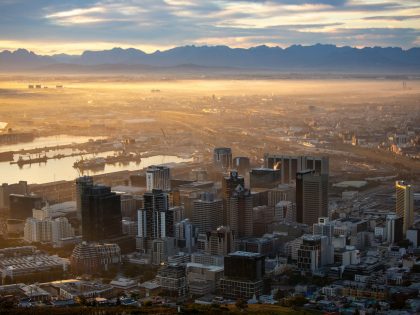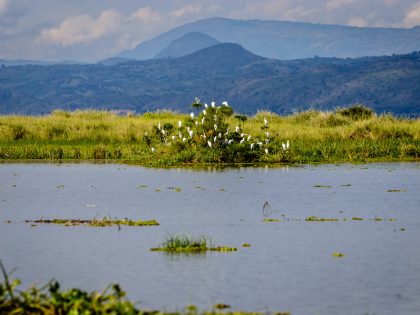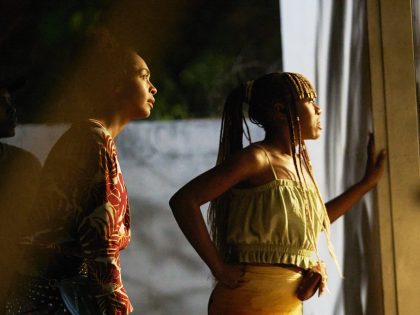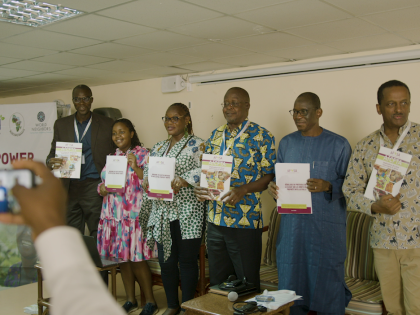Five things that can’t be ignored about development photography
Here's two: Cultivate solidarity, not pity. And, showing suffering should be specific. Study up.

Neil Palmer for CAIT. Via Flickr CC.
Since Jorgen Lissner’s searing critique of the use of poverty porn to solicit donations in the wake of the Ethiopian famine, there’s been critical attention paid to the way development organizations use photography. Guidance has been written; research on the unintended effects of using images that negatively stereotype whole continents has been conducted. And yet – despite this – it’s debatable how much progress has been made. As John Hillary highlighted last year in a follow-up piece from Lissner’s, we might be seeing the return of poverty porn.
On July 9, 2015, the Overseas Development Institute organized a Twitter chat with the hashtag #DevPix (@africasacountry participated) to ask: how can development organizations improve? Here’s five key issues which came up in the discussion.
Showing suffering should be specific
Images used by development organizations are often devoid of context, not even providing so much as a location, nor any details about the person they’re depicting or their life. The underlying message is, then, that the consumers of these images don’t need much information to make out what’s going on: it’s probably Africa, and it’s probably awful.
It’s the approach that Binyavanga Wainana brilliantly sends up in How to Write About Africa: “It is hot and dusty with rolling grasslands and huge herd of animals and tall, thin people who are starving. Or it is hot and steamy with very short people who eat primates. Don’t get bogged down with precise descriptions.”
@toluogunlesi We must all insist on NGOs using appropriate, contextualising, captions. #DevPix
— Hans Zomer (@Hans_Zomer) July 9, 2015
Captions are important; context is important. What’s actually happening? Who is it, and what are they doing? What’s behind the distress or suffering depicted? Who’s involved?
We need more photos of overhead costs, expat hardship allowances, fortified high security living quarters and competitive benefits. #DevPix
— Amos Odero (@OderoGogni) July 9, 2015
Can #DevPix depict the other side of the story? The exploitation that causes poverty. Let's look at the man in the mirror as MJ put it.
— Minna Salami (@MsAfropolitan) July 9, 2015
Without providing information about the factors driving the problems depicted, development communications both end up marking the global South as a site of rootless, causeless, unavoidable suffering, and tire audiences in the global North who are confused as to why, after so much aid has been given and donations have been solicited, not much has seemingly changed.
Cultivate solidarity, not pity
Images of pity solidify the legacy of colonialism (with which development, and photography, share a sticky history), presenting the global South as an unknown, alien other, in need of saving by benevolent passers-by in the North. If the images used by development organisations make people look subservient, submissive and in need of pity, then the unequal power dynamic between North and South continues: ‘we’ have what ‘you’ need, and (bonus!) it’ll only cost $5 a month.
It’s about seeing people as equals – something development photography doesn’t exactly excel at.
Ultimately, development is not about YOU & THEM, it is about US & OUR world. When the rain fall it don't fall on one man's house. #DevPix
— Minna Salami (@MsAfropolitan) July 9, 2015
Development organisations should move away from using images that encourage pity in the viewer – and instead use images that inculcate a sense of solidarity.
Best #DevPix show people as political agents, not victims. This creates political solidarity. @c_bracegirdle @ODIdev pic.twitter.com/x43BJkW4aJ
— John Hilary (@jhilary) July 9, 2015
Consent must be meaningful
Consent isn’t just about getting someone to agree to be photographed: it’s also about ensuring that they know how their likeness can be used, and if they’re entirely comfortable with that. On more occasions than I could possibly recall, I’ve used images of people I don’t know doing things I don’t understand to illustrate a document with a very specific list of policy recommendations. I’m not sure how that Sierra Leonean community police officer, those protesting Bolivian women, or those people ambling around Lagos would feel about being the ‘face’ of those messages; I’d feel quite perturbed if an organisation with views divergent from mine used me to illustrate their ideas.
@rich_mallett @ODIdev much more. Take the time to explain all potential results, what others experience, what they think will happen #devpix
— Kate O'Sullivan (@KateOSully) July 9, 2015
#DevPix We equip our researchers with materials like this to show photo subjects how their image could be used. pic.twitter.com/hVh0t1dWJx
— Reboot (@theReboot) July 9, 2015
This dynamic is even more problematic when the fact that a lot of development images are used to solicit funds is taken into consideration. Are the subjects models? Should they get paid? And is anyone comfortable being the ‘face’ of poverty and distress?
Are there any studies where individuals from countries most often portrayed give their opinions on representation? #DevPix @ODIdev @bondngo
— Ruth Taylor (@Ruth_STaylor) July 9, 2015
Giving space for self-representation
Development organisations need to go beyond ‘doing consent well’ – avoiding exploitation is a low bar to set for achievement. Instead, development organisations should be thinking about how the people they depict are involved in image-creation: whether through participatory photo projects, or through the democractisation of content creation that (hopefully) accompanies the growth of social media, there’s options out there to give people the space to represent themselves.
#DevPix A5: Social media has liberated who is behind the lens. This is transformative!
— Liz Eddy (@Liz_EddyDC) July 9, 2015
Why haven’t development organisations got better at incorporating these?
Critically reflect on the industry of poverty-images
Stereotypical images of the global South persist, in part, because local photographers are often overlooked in favour of flying someone in, who most likely knows little about the context. The potential for misrepresentation and erroneous emphasis is rife.
.@ODIdev NGOs SHOULD use local photographers. If you're using local issues to raise money makes plenty sense to involve local talent #DevPix
— tolu ogunlesi (@toluogunlesi) July 9, 2015
But, as some of the participants highlighted, these kinds of narratives can be created by anyone – and it’s not a fair assumption that if you hire someone local, you’ll automatically end up with less biased imagery.
.@ODIdev downside is that often, local photographers conditioned to produce the kinds of images they know/think NGOs love to use #DevPix
— tolu ogunlesi (@toluogunlesi) July 9, 2015
Re #Devpix Q3 "Locals" can perpetuate stereotypes too – c.f. stigmatisation of scrappers in Agbogbloshie (Accra) http://t.co/O7rM8GpnwS
— Janet Gunter (@JanetGunter) July 9, 2015
Indeed, thanks to the efforts of development organisations, the production of images of poverty has become an industry in itself, as Nazia Parvez found in Freetown’s Kroo Bay. As notoriously under-provisioned area, it’s long been subject to the gaze of the documentary photographer and researcher. Today, the people living believe that – as Renzo Marten’s film Enjoy Poverty disturbingly suggests – there’s a market for images of poverty, and it’s something they can sell.
This market potentially ends up distorting the ways in which local photographers, or indeed people living in poverty themselves choose to represent that reality. If NGOs and donors have traditionally wanted a rootless, decontexualised and disempowering kind of image, then it might make sense to give it to them.
—
Though just an hour long, the #DevPix twitter chat proved to be a fruitful discussion for reflecting on the power and pitfalls of development photography, while suggesting resources for doing it better. For a look at the highlights of the chat check out this Storify of the conversation: #DevPix: improving how development organisations use photography.
